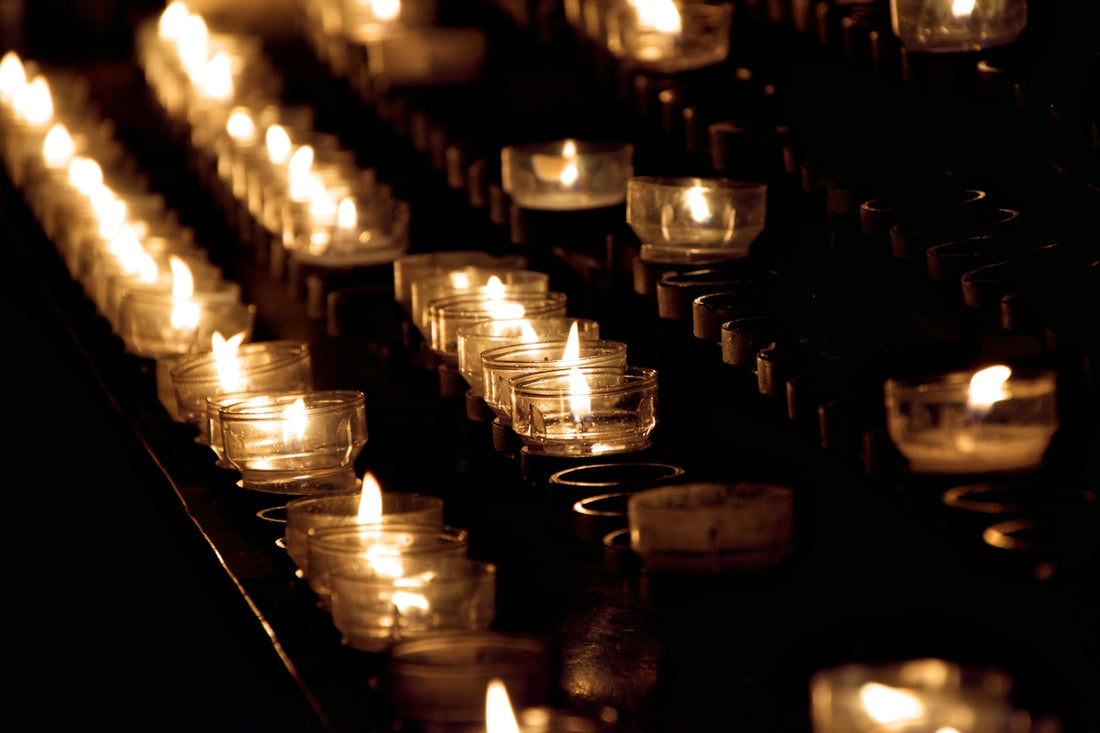Candles have been a source of light and comfort for centuries, their significance evolving through time from essential tools to aesthetic luxuries. Join us to journey through the fascinating history of candle making, from its ancient beginnings to the contemporary styles we cherish today.
Ancient Beginnings
Candle making is an art that dates back to ancient civilizations. The ancient Egyptians made the first candles using rushlights or torches made by soaking the pithy core of reeds in melted animal fat. Unlike today's elegant designs, these early candles were simple yet effective in illuminating the night.
In ancient China, candle makers used whale fat, while in India, candles were crafted from wax made from boiling cinnamon. The ancient Romans are credited with the development of wicked candles, using papyrus dipped repeatedly in melted tallow or beeswax. This innovation marked a significant advancement in providing more controlled and consistent illumination.
Middle Ages Advancements
During the Middle Ages, candle making evolved further as beeswax candles were introduced in Europe. Unlike tallow, beeswax burned cleanly and emitted a pleasant sweet smell rather than the foul odor of burning tallow, making them highly sought after despite their expense.
These candles were extensively used in religious ceremonies, particularly in churches, where their light was symbolic and sacred. Meanwhile, the general populace largely remained reliant on cheaper tallow candles.
Renaissance to Colonial Era
By the 13th century, candle making guilds began to form across England and France, standardizing practices and enhancing quality. In the 18th century, the whaling industry’s growth introduced spermaceti wax derived from sperm whales, offering even brighter and long-burning candles without the smell associated with tallow.
Colonial America witnessed the use of bayberries for candle making. Despite requiring extensive effort to produce enough wax, these candles were valued for their pleasant aroma.
Industrial Age Innovations
The 19th century revolutionized candle production with inventions like machine-made molds and the discovery of stearin, a durable and odorless material. The advent of paraffin wax, distilled from residues of crude petroleum, further transformed the industry. These new materials led to cheaper yet high-quality candles, democratizing their use.
With the invention of the lightbulb, the demand for candles as a primary source of light declined, paving the way for the resurgence of candles as decorative items and sources of ambience.
The Modern Candle
Today, candles are cherished for their aesthetics, scent, and the tranquil atmosphere they create. Craftsmanship and creativity in modern candle making reflect both tradition and innovation. Scented candles, in particular, have become symbols of relaxation and style in contemporary homes.
At Cat Lady Candle, we pride ourselves on crafting beautifully scented candles that capture the essence of history and modern creativity. Whether you're drawn to the warm, inviting glow of our Amber Embrace Handmade Scented Candle or the refreshing notes of our Frosted Pines Handmade Scented Candle, there's something to spark joy in every home.
For more details on our collection, visit Cat Lady Candle and discover the perfect candle to light up your life.
The history of candle making is a testament to humanity's enduring relationship with light, a journey from necessity to luxury, and an art form that continues to evolve, much like the flames flickering in our homes.

